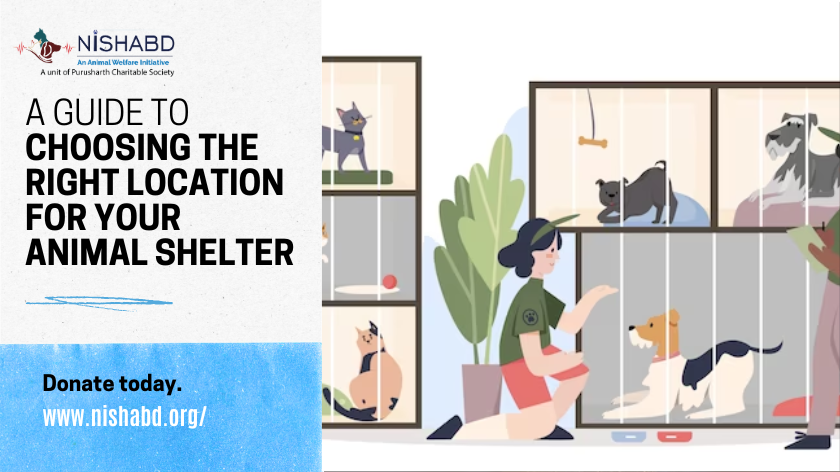
Animal shelters play a vital role in our communities. They offer a haven for abandoned and mistreated animals, provide opportunities for adoption, and work tirelessly to improve the lives of these creatures for anyone embarking on the journey of establishing an animal shelter, whether for a broad range of animals or specifically for dogs, one of the most pivotal decisions you’ll make is where to build it. This choice isn’t just about finding a convenient location; it profoundly influences the shelter’s accessibility, reach, and capacity to fulfill its mission – providing love, care, and hope to needy animals.
The Power of Location
Selecting the right location for your animal shelter is more than finding a spot on the map; it’s about creating a space that embodies your shelter’s purpose and values. Location impacts how easily people can access your shelter, the resources available to you, and the overall effectiveness of your mission to protect and care for animals.
Key Considerations for Animal Shelter Site Selection:
- Accessibility: An animal shelter should be accessible to the public, volunteers, and staff. If the shelter is challenging to reach, it may deter potential adopters and volunteers from visiting.
- Zoning Regulations: Take time to understand local zoning regulations and restrictions. Zoning laws can dictate the types of structures you can build and the activities that can take place on the property.
- Proximity to Services: Assess how close the shelter is to veterinary services, pet supply stores, and other essential resources required for day-to-day operations.
- Community Engagement: The location should encourage community involvement. This connection can influence volunteer recruitment, donation drives, and adoption events.
- Land Size and Terrain: Consider the size and terrain of the land. A flat terrain is often easier for building and construction. Adequate land size is essential for providing exercise and socialization areas for animals.
- Future Expansion Possibilities: Think about the potential for future expansion. The impact of a shelter often grows over time, so having the space and flexibility to expand is invaluable.
- Safety and Environmental Factors: Evaluate the area’s safety for humans and animals. Consider the local climate and potential natural disasters like floods or wildfires.
- Cost Considerations: Keep in mind your budget and the cost of the land. Location can greatly affect land prices, a significant portion of your expenses.
- Access to Transport: Proximity to transportation hubs or major roads can be valuable for receiving animals, supplies, and potential adopters.
- Local Animal Population: Consider the local animal population and how many animals your shelter intends to serve, which will help determine the size of the shelter and its facilities.
- Public Perception: Understanding how the shelter’s location can influence its views in the eyes of the public. The shelter needs to be clean, accessible and well-maintained, fostering a positive image in the eyes of the community.
The choice of location for an animal shelter is not just about geography; it’s about creating an environment that embodies the mission and values of the shelter. Factors such as accessibility, zoning regulations, proximity to essential services, community engagement, land size and terrain, future expansion possibilities, safety, costs, transport access, local animal population, and public perception all play a role in selecting the ideal location.
Conclusion
In conclusion, the location of an animal shelter, whether an animal shelter or a dog shelter, is a pivotal decision that influences the shelter’s accessibility, reach, and ability to fulfill its mission. Selecting the right spot ensures that the shelter can effectively serve its purpose, offering needy animals care, hope, and love. It’s a choice that’s more than just geographical; it’s about creating a space that reflects the values and mission of the shelter, helping animals and the people who care for them.
With careful consideration and a deep commitment to the welfare of animals, the choice of location becomes a cornerstone for building a better future for our furry friends. Ultimately, it reflects our shared responsibility to protect and care for those who cannot speak for themselves.
Read our Article: 6 Best Reasons Why You Should Adopt a Stray Dog: Bringing a World of Love and Joy Into Your Home
